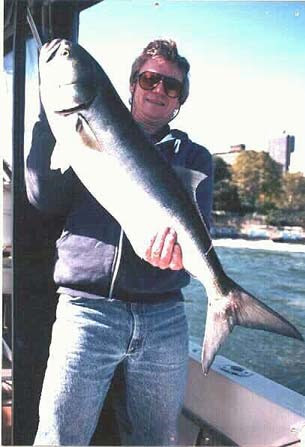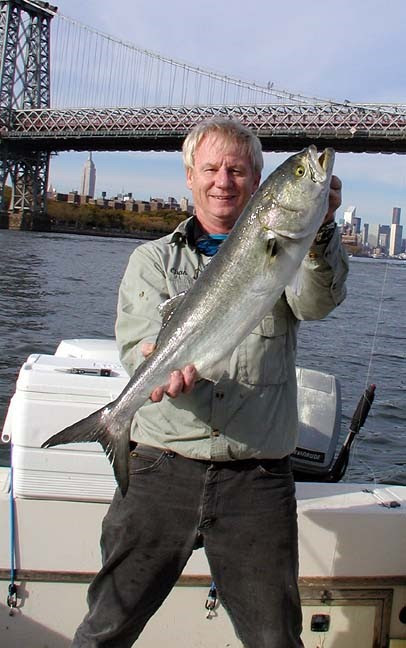Friday, February 4, 2022 – WHAT IS BEING FISHED OUT OF THE EAST RIVER


FRIDAY, FEBRUARY 4, 2022
The 590th Edition
WHAT ARE THEY
FISHING FOR?
Stephen Blank
What are they fishing for?
Stephen Blank
Even in the cold, guys (and some women too) are out around the island fishing. Sometimes a couple of people, an outing. But usually, one person, a solitary fisherperson. But what’s down there, drawing them on?
Turns out there’s a lot of critters swimming in the water around here. A New Yorker article tells that that “as the water has become cleaner, the shad runs have slowly returned to the Hudson. A herring called the mossbunker swims in huge schools, and is caught by the ton, ground up, and fed to farmed salmon. There are four-foot-long stingrays down by the Rockaways and off Coney Island, and they’re hard to see when they’re flat against the bottom. A diver will be going about his business when he encounters a section of mud the size of a coffee table that suddenly—zooomp!—up and swims away.” Cleaner water and conservation efforts have led to much larger shoals of Atlantic menhaden, a dinner which has attracted humpback whales. But this is just background noise. In the East River, people catch flounder, fluke, bluefish, catfish, tautog, summer flounder, perch and porgy. But these are just incidental. The real game is striped bass. Morone saxatilis officially. That’s what the fisherpeople are after.
Tell us more. The striped bass is the largest member of the sea bass family, often called “temperate” or “true” bass to distinguish it from species such as largemouth, smallmouth, and spotted bass which are actually members of the sunfish family. (I didn’t say this was going to be easy.) Striped bass are silvery, shading to olive-green on the back and white on the belly, with seven or eight uninterrupted horizontal stripes on each side of the body.

| Striped bass can live in both freshwater and saltwater environments. In coastal regions, individual fish may swim up streams as much as 100 miles inland to spawn. Some striped bass spend their entire life cycle in freshwater. Spawning begins in the spring when water temperatures approach 60°F. Typically, one female is accompanied by several males during the spawning act. Males are generally mature in two years, and females in three to four. Adults are piscivorous (fish-eating) and eat almost any kind of small fish as well as several invertebrates, particularly crabs and squid. Bluefish, weakfish, cod and silver hake prey on small striped bass. Adults have few predators, other than seals and sharks – and fisherpeople. Striped bass have a fairly long life, up to 30 years. But most all, they can be big. Stripers may reach 10 to 12 inches during the first year and they’ve been known to grow up to 5 feet in length and 77 pounds. The time of year seems to matter as does moon phase and tide. In midsummer, here on the East River, they are smaller – 20 inches or so, while in the spring and fall, stripers not only are more abundant, but they also run 30, 35, and even 40 inches long. Striped bass are considered excellent for eating (though not those taken from the East River), but are overfished and, thus, are protected. Strippers over 28 inches can be taken, but most larger fish are returned to the river. One can fine lots of photos on the internet of big East River striped bass caught and happy anglers. |

43 Pound 45 inch Striped Bass East River 2004 Capt Chas Stamm http://www.chasfishing.com/east.htm

Where do you catch one of these fellows? Their preferred habitat is inshore near structures such as rocks and pilings, but they can also be found in open water as well.
Striped bass aren’t the only big fish found in the East River. Bluefish, which most of us think of as Atlantic coast residents, can be taken as well. Bluefish are long, moderately stout fish, with distinctly forked tails. They are known for being fierce fighters on fishing lines. Bluefish are coastal migrants that travel in schools into local waters in the spring, following mackerel and bunker. They range in length from nine to 24 inches and weigh 12 to 15 pounds. Here’s a 19 pounder, which must have put up quite a battle, and another.
Capt Chas Stamm http://www.chasfishing.com/east.htm
Since our Island lacks the old piers and structures that seem to attract the larger striped bass, catching a really big one is probably less likely. But, still, I’ve seen people reel in fish that looked more than 20 inches long. And that very big blue was taken just off Gracie Mansion. Who knew what was out there, just off our shores? Fish on!
Stephen Blank
RIHS
December 15, 2021
UPCOMING PROGRAM WITH THE NYPL

https://www.nypl.org/events/programs/2022/02/15/clone-rihs-lecture-footsteps-nellie-bly
FRIDAY PHOTO OF THE DAY
SEND ANSWER TO ROOSEVELTISLANDHISTORY@GMAIL.COM

THURSDAY PHOTO OF THE DAY
COLUMBUS CIRCLE
JAY JACOBSON, JOHN GATTUSO, ANDY SPARBERG, M. FRANK, CLARA BELLA, GLORIA HERMAN, LAURA HUSSEY, KIM BRUCE, HARA REISER, AND ED LITCHER CONTRIBUTED THE FOLLOWING:
Columbus Circle, the monument for Christopher Columbus that had begun in 1842 wasn’t completed until 1905. It was at this time that the Circle began to become the cultural center it is today.

All image are copyrighted (c) Roosevelt Island Historical Society unless otherwise indicated
Sources
https://nymag.com/news/features/56609/
https://www.fisheries.noaa.gov/species/atlantic-striped-bass
https://www.fieldandstream.com/striped-bass-fishing-new-york-cityRIHS (C) FUNDING PROVIDED BY ROOSEVELT ISLAND OPERATING CORPORATION PUBLIC PURPOSE GRANTS CITY COUNCIL REPRESENTATIVE BEN KALLOS DISCRETIONARY FUNDING THRU DYCD


Copyright © 2022 Roosevelt Island Historical Society, All rights reserved.Our mailing address is:
rooseveltislandhistory@gmail.com



Leave a comment